LOUDER THAN WORDS
A Mothers Journey in Healing Autism
DUTTON
The health-related materials in this book are for informational or educational purposes only. You should not rely on this information as a substitute for the advice of your health-care professionals. Please consult them regarding the applicability of any opinions or recommendations in this book with respect to any symptoms or medical conditions that you or your family may experience.
DUTTON
Published by Penguin Group (USA) Inc.
375 Hudson Street, New York, New York 10014, U.S.A.
Penguin Group (Canada), 90 Eglinton Avenue East, Suite 700, Toronto, Ontario M4P 2Y3, Canada (a division of Pearson Penguin Canada Inc.); Penguin Books Ltd, 80 Strand, London WC2R 0RL, England; Penguin Ireland, 25 St Stephens Green, Dublin 2, Ireland (a division of Penguin Books Ltd); Penguin Group (Australia), 250 Camberwell Road, Camberwell, Victoria 3124, Australia (a division of Pearson Australia Group Pty Ltd); Penguin Books India Pvt Ltd, 11 Community Centre, Panchsheel Park, New Delhi110 017, India; Penguin Group (NZ), 67 Apollo Drive, Rosedale, North Shore 0745, Auckland, New Zealand (a division of Pearson New Zealand Ltd.); Penguin Books (South Africa) (Pty) Ltd, 24 Sturdee Avenue, Rosebank, Johannesburg 2196, South Africa
Penguin Books Ltd, Registered Offices: 80 Strand, London WC2R 0RL, England
Published by Dutton, a member of Penguin Group (USA) Inc.
Copyright 2007 by Jenny McCarthy
All rights reserved
 REGISTERED TRADEMARKMARCA REGISTRADA
REGISTERED TRADEMARKMARCA REGISTRADA
LIBRARY OF CONGRESS CATALOGING-IN-PUBLICATION DATA
has been applied for.
ISBN: 978-1-1012-1378-0
Without limiting the rights under copyright reserved above, no part of this publication may be reproduced, stored in or introduced into a retrieval system, or transmitted, in any form, or by any means (electronic, mechanical, photocopying, recording, or otherwise), without the prior written permission of both the copyright owner and the above publisher of this book.
While the author has made every effort to provide accurate telephone numbers and Internet addresses at the time of publication, neither the publisher nor the author assumes any responsibility for errors, or for changes that occur after publication. Further, the publisher does not have any control over and does not assume any responsibility for author or third-party Web sites or their content.
Evan:
When I asked you what you wanted to
be when you grew up, you said, A flower.
I cant think of anything better.
You are the most beautiful flower I have
ever seen, and Im the luckiest mom in the
world to be able to watch you bloom into the
most radiant flower God has ever made.
I love you.
Mommy
Special thanks to:
H. P. for teaching me about the window. I will never forget our conversation that night, and I hope you know how many families youve helped because of it.
Also
Trena Keating, Brian Tart, and Jennifer Rudolph Walsh, I couldnt have asked God for a better publishing team.
And
all the beautiful therapists and people who have helped open that window and help keep it open. We couldnt have done it without you!
Speech Sarah, Jenny, Tonya, Paul, Maritza, Anthony, Chris, John L., Kim, Sam, Johno, New Sarah, Jenna, Alex, Myra, Crystal, Doug, Eric, Kristen, Lisa M., Lisa A., Dr. Shields, Dr. Sarah Spence, Dr. Kartzinel, Dr. Gordon, Dr. Kaplan, and the Mormons.
Contents
Foreword
W HEN YOUR CHILD is diagnosed with cancer, neighbors stop by your home bringing precooked meals, hugs, and support. When your child is diagnosed with autism, families who see you in the supermarket will slip away down another aisle.
WHAT IS AUTISM?
Autism is a disorder that now affects one in a hundred and fifty children. When I was in medical school, this disorder affected one in ten thousand children. These children have problems with language development and usage. They have rituals and repetitive behaviors. They have problems understanding how to interact socially. The spectrum of severity is broad. Some are severely afflicted and need institutional care, while others are only brushed with the disorder and grow up, work, marry, and have children of their own. Those with autism have higher rates of epilepsy and increased rates of mental retardation.
WHAT IS THE TREATMENT?
Treatment for this now all-too-common disorder is rather limited. Behavioral therapies, along with speech and occupational therapy, are the cornerstone of care. Traditional Western medications have minimal value. Aggressive behavior can be controlled partially with medication.
Controversy exists regarding the use of diet restriction for treatment and the role of vaccines and mercury in causation. Over time, many alternative approaches to autism have come and gone, refuted by the medical establishment. But remember, the medical establishment used to believe that autism was caused by uncaring parents or refrigerator moms. Many families with autistic children believe that some of these less traditional interventions have made significant positive changes in their children.
Treatments that have been shown to be effective, such as speech and behavioral therapy, are frequently not available because of waiting lists, insurance restrictions, or a lack of appropriately trained professionals. Diagnosis is often delayed or missed because of lack of screening, minimizing developmental delays, or lack of knowledge among health care providers.
Everyone agrees that early intervention is critical.
WHAT IS NORMAL?
At about five weeks of age, babies smile for the first time. I think that this is so because our ancestors threw away the babies who hadnt smiled by this time. Anyone who has parented knows how physically hard it is to care for a newborn. Finally, after nights of feedings, burpings, and diapers, our kids look at us and crack a smile (likely because they have gas), and all of sudden you feel that it is all worth it. Why does a smile back at the exhausted parent mean so much? It is because we are social beings, and this new human is recognizing us. Over the first year of life, facial expressions and other nonverbal cues (pointing a finger at something) join the baby with Mom and Dad. Then language, another extremely important milestone, develops. Over the next few years, play becomes so important. First play is in parallel: This means that two children sit next to each other, each playing independently. Next, play becomes interactive and imaginative: Children use make-believe and one another in their play. Kids in grade school form clubs and cliques. They perform make-believe marriages. It seems like everything is going so welland then they become teens.
HOW ARE CHILDREN WITH AUTISM DIFFERENT?
Children with autism dont make eye contact in the same way normally developing children do. They dont smile when they are supposed to. They dont come to you when they get hurt. They may even self-inflict pain. Their language is not only delayed, it can be deviant. They may refer to themselves in the third person or misuse pronouns. They can be hypersensitive to sounds or touch. Their play is not functional. Instead of playing with the toy truck, they spin a wheel endlessly. Interactive and make-believe play is very slow to develop, if it does at all. These kids spin, flap, and toe-walk. Other kids ignore or tease the autistic child in grade school. The phone doesnt ring for playdates. The autistic child really gets lost in the subtle social complexities of middle school and high school.
WHAT CAUSES AUTISM, AND WHY IS IT INCREASING?

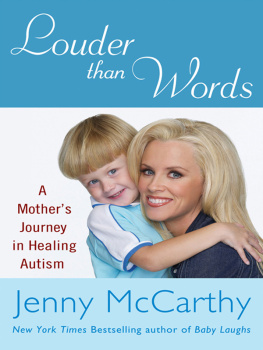




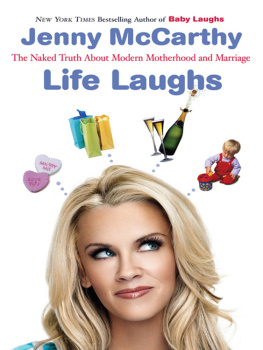



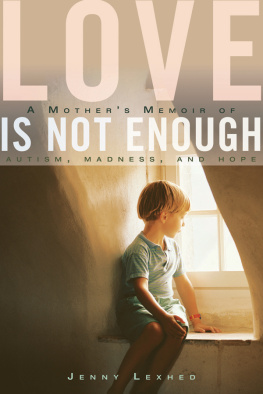
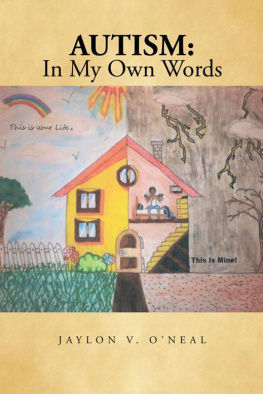
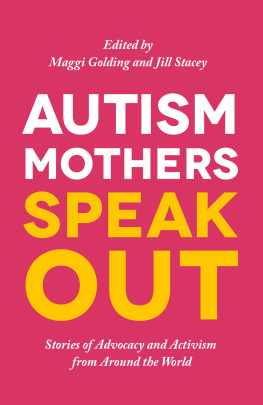
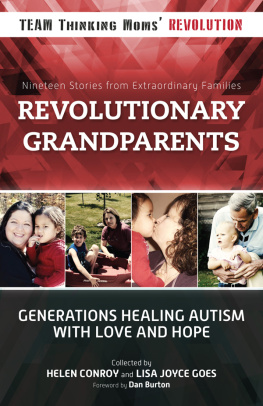
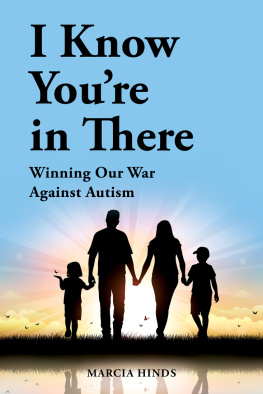
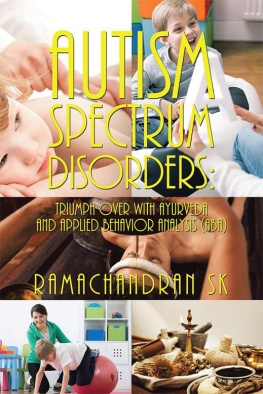

 REGISTERED TRADEMARKMARCA REGISTRADA
REGISTERED TRADEMARKMARCA REGISTRADA